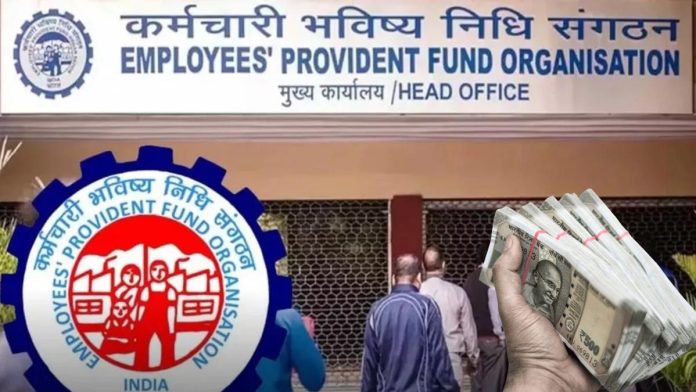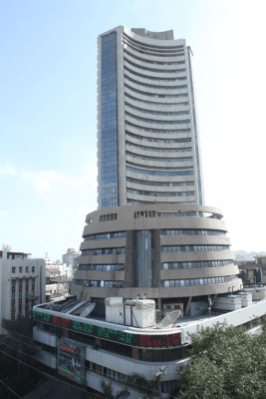
– Advertisement –
EPFO Pension: Did you know that if you have worked in a company for 10 years, you will get pension after retirement. Under EPFO’s EPS pension, a fixed amount will be sent directly to your account every month. Let’s understand its calculation.
– Advertisement –
If you are worried about the cost of pension after retirement, if you are also worried about how you will meet your expenses at the age of 60, then this news is for you. Did you know that if you have worked in a company for even 10 years, you will get pension from there after retirement. Here we are talking about EPS pension run by EPFO, under which you will get monthly pension. Let’s know the complete information about this scheme. Let’s understand all the things when you will get pension, how much you will get and what is its eligibility.
Employees’ Pension Scheme (EPS)
The Employees’ Pension Scheme was issued by EPFO on 16 November 1995. Under which a scheme was prepared to provide monthly pension to employees working in the organizational sector. Under this scheme, the pension is determined according to the number of days the employee works. If you have worked in a company for 10 years and your PF is deposited there, then let’s understand how much monthly pension you will get.
Eligibility for EPS
You will get the benefit of EPS i.e. Employees Pension Scheme only if you have worked in at least some organized sector and under this scheme you will get a minimum monthly pension of Rs 1000. However, there has been a demand for increasing the minimum pension amount to Rs 7,500 per month for many days. Apart from this, the benefit of this scheme will be available only after the age of 58 years and the most important thing is that the employee should have a PF account in which he has deposited money during his employment.
EPF members contribute 12% of their basic salary to PF through EPFO. The same amount is also deposited by the company. At the same time, the amount deposited by the company is divided into two parts, in which 8.33 percent goes to EPS and 3.67 percent goes to PF.
You will get this much pension.
Under EPS, the pension of employees is determined based on their working hours and their salary. Here we are going to tell you the calculation of pension for an employee who has worked for 10 years and whose monthly salary is Rs 15 thousand.
Monthly Pension = (Pensionable SalaryX Pensionable Service)/ 70
Pensionable Salary = Average of your last 60 months of salary
The pension of employees is determined by this formula. Let us now understand this through an example.
If you have worked in the company for 10 years and your pensionable salary is Rs 15,000, you will receive a monthly salary of Rs 2,143 from the age of 58.
Related Articles:-
– Advertisement –















